Visualizing Science
Jorge Salazar
A Hub for Astro Data
Gaining insight about the cosmos and space
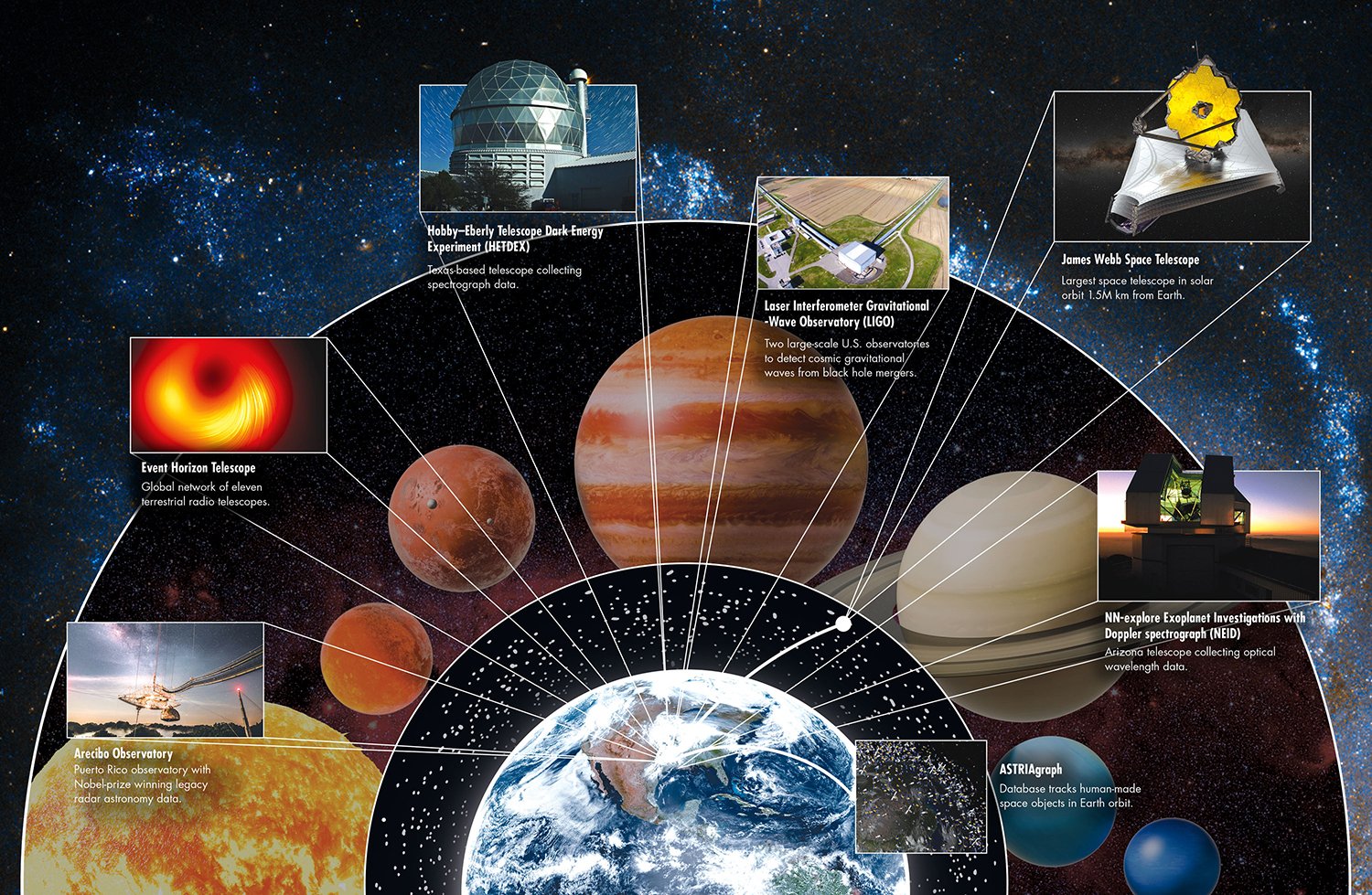
TACC serves as a hub for data storage and analysis from the farthest stars to our own orbital backyard. The first-ever images of a black hole from the Event Horizon Telescope made world headlines. And the James Webb Space Telescope imaged some of the first stars and galaxies ever formed. These and other missions have relied on TACC to gain insight about the cosmos and our space environment.
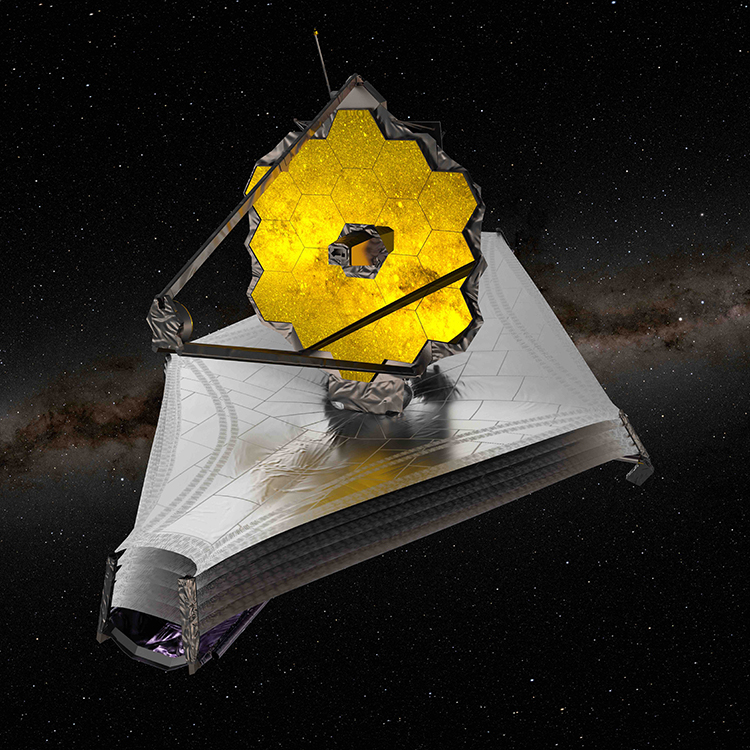
James Webb Space Telescope
13.7 billion light years away
Largest space telescope in solar orbit 1.5M km from Earth.
Stampede2 and Frontera: Data analysis and pipeline development
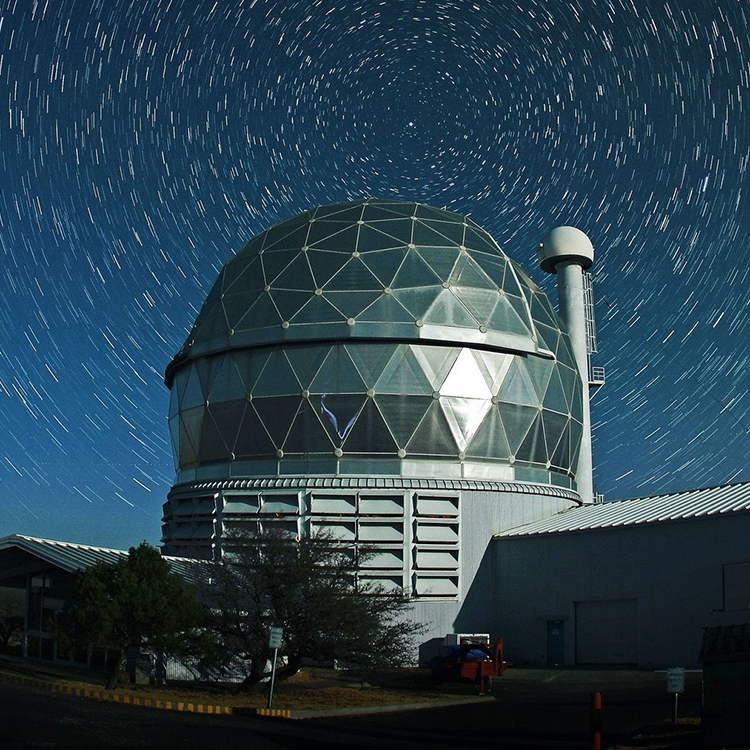
Hobby–Eberly Telescope Dark Energy Experiment (HETDEX)
10 billion light years away
Texas-based telescope collecting spectrograph data.
Frontera, Maverick2, Stampede2: Data processing and analysis
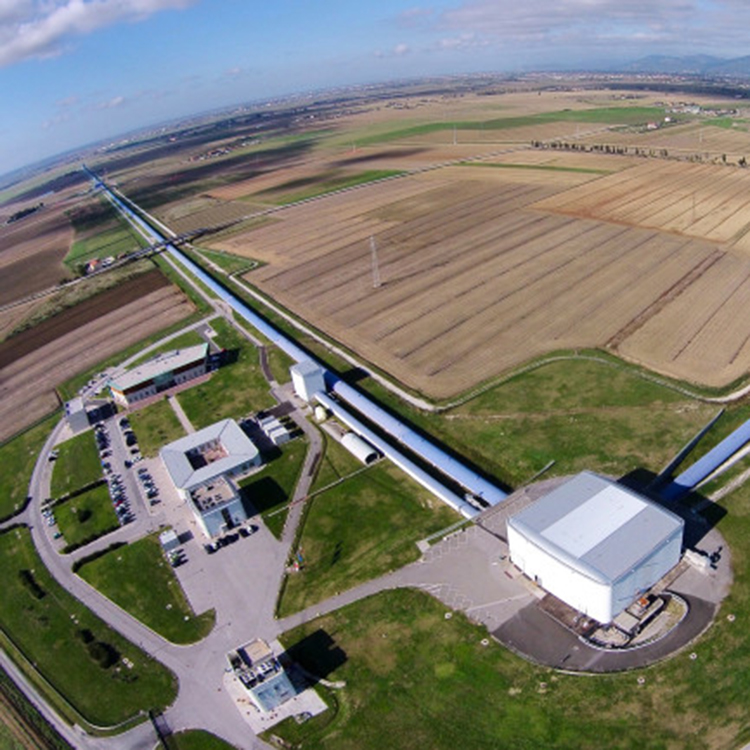
Laser Interferometer Gravitational-Wave Observatory (LIGO)
1.3 billion light years away
Two large-scale U.S. observatories to detect cosmic gravitational waves from black hole mergers.
Stampede1, Stampede2, Frontera: Calibrated laser interferometer data analysis, simulations
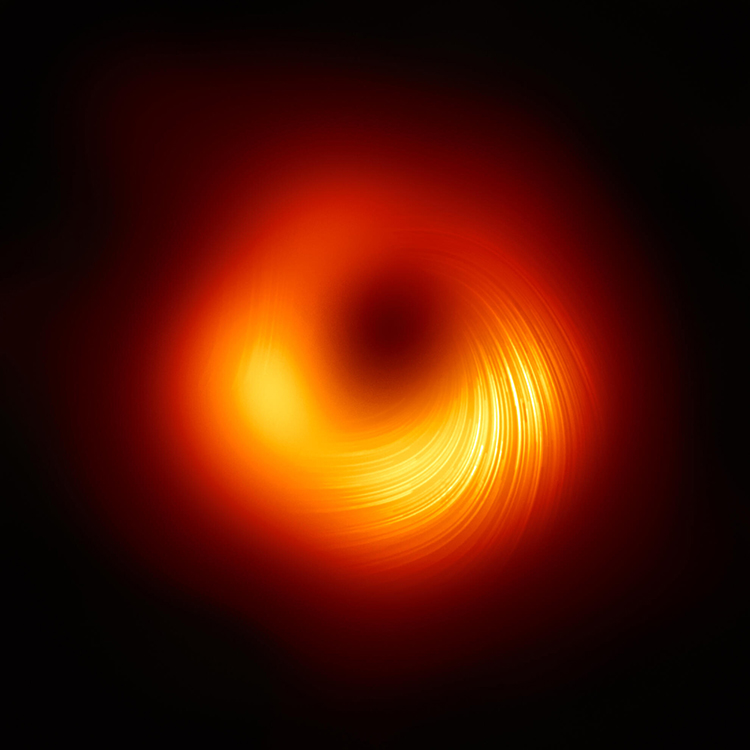
Event Horizon Telescope
black hole 53.5 million light years away
Global network of eleven terrestrial radio telescopes.
Stampede2: Accretion disc simulations; Jetstream: Radio wave data pipeline development
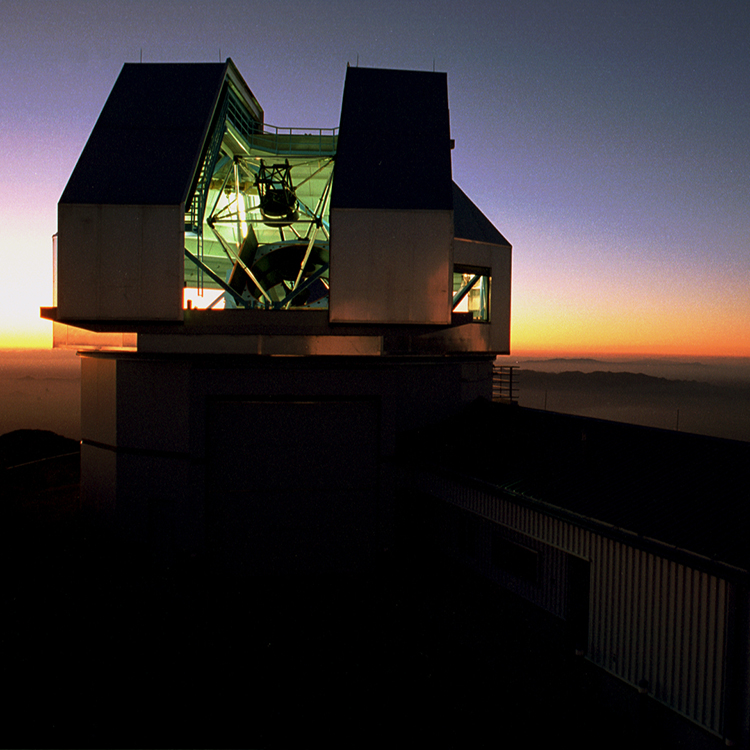
NN-explore Exoplanet Investigations with Doppler spectrograph (NEID)
300 light years away
Arizona telescope collecting optical wavelength data.
Stampede2, Lonestar5 and Lonestar6, Frontera: Optical wavelength data analysis and Tapis data pipeline
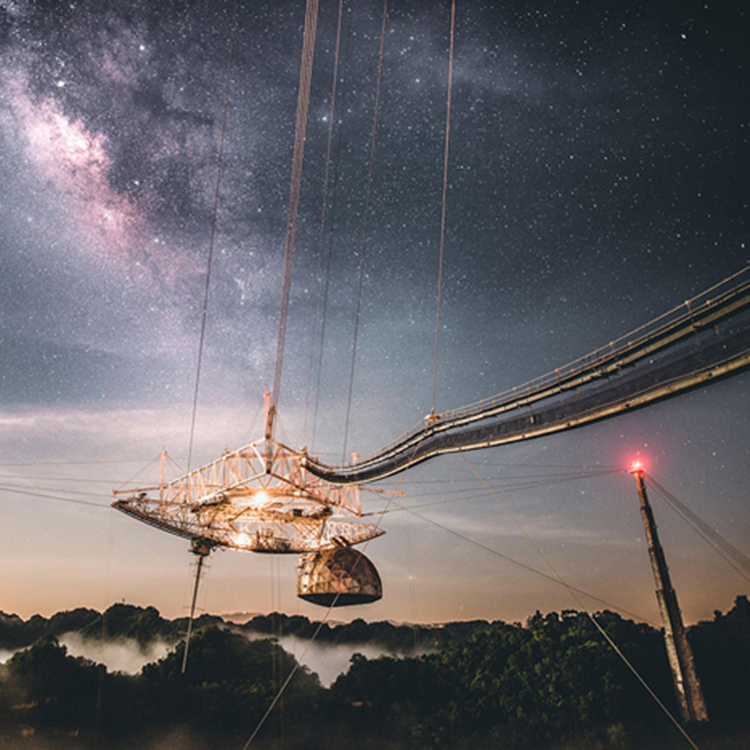
Arecibo Observatory
solar system objects 500 million miles away
Puerto Rico observatory with Nobel-prize winning legacy radar astronomy data.
Ranch: Data storage and archive
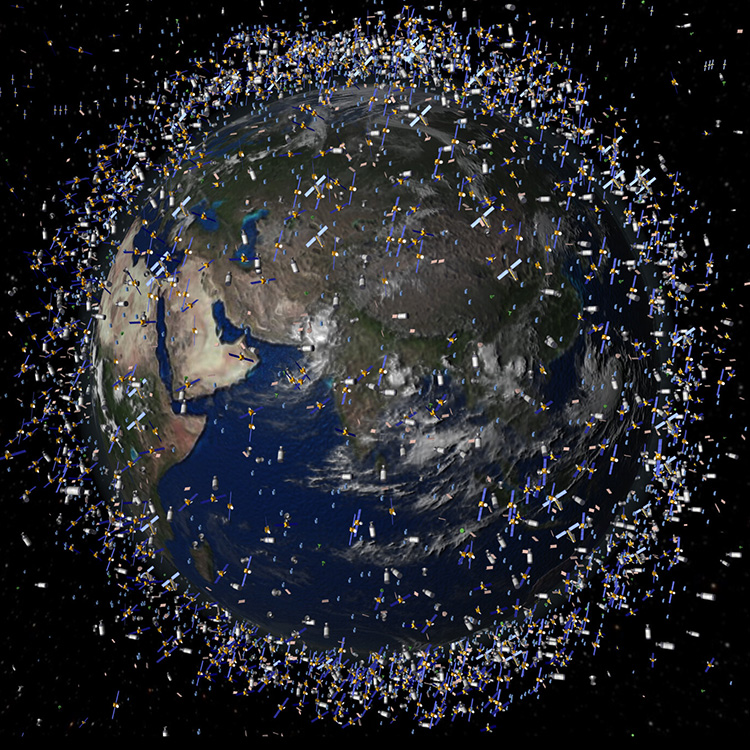
ASTRIAgraph
2,000 km away
Database tracks human-made space objects in Earth orbit.
Corral, Lonestar5 and Lonestar6, Frontera: Data capture and analysis of space debris database

